With two new websites, an electronic newsletter, and a Facebook page churning away via mysterious processes it seems I’ve parachuted into a futuristic cyber age powered by steam engines and magic. What’s next, a Tweeter account?
Yes, if the wizards at Chelsea Bay Design and Maue Design have their way. In recent months Chelsea and Jon have used trickery and perhaps hypnosis to nudge me in directions that seem suspiciously close to what my friends and I used to refer to sneeringly as “self promotion.” We didn’t say those words, we hissed them. Sometimes we spit them out with righteous force. Promoting oneself was what politicians did. It was undignified. It reeked of ego. It was driven by terrible greed.
Besides, “marketing” is what the publicity department gets paid to do. They do it so we authors don’t have to get our hands icky. It works nicely that way. We go on book tour and promote the crap out of our book and tell everyone we have no choice in the matter. It’s in the contract. And the evil publicist is cracking the whip. Do you think we would go on all those radio talk shows and drink beer until three in the morning with Jon Stewart if we didn’t have to?
But times have changed. The publicity department’s budget got slashed again. Or so they claim. The truth is, according to my friend Wally, who’s better informed than I, Publicity is under orders from The Suits to promote only authors who are already billionaires. The rest of us, the mere millionaires and ten-millionaires, are lowly “midlist authors.” That was once an honorable category. The frontlist made most of the money, but the midlist was where all the interesting books were found. If you couldn’t be rich, at least you could be respected.
Now we’ve lost even the respect. Back in the day, when we walked into the offices of HarperCollins the staff came running with champagne and caviar and unrolled a purple velvet runner so our shoes wouldn’t have to touch the carpet. Now everyone stampedes screaming from the building. Wally says it’s like we’ve come down with a literary form of leprosy. Or worse. It might be as bad as Proteus Syndrome. It could even rival Epidermodysplasia Verruciformis. (OMG, don’t look it up. It’s hideous.)
So that’s why I’m here, in this strange new world with its many powerful gadgets. I’d rather be crafting deathless prose in my tower, surrounded by fans camped on the plains as far as I can see, waiting breathlessly for the next typewritten page to glide from my window. Those days are over, alas. But I’m okay with it. Kind of relieved, even. I was getting tired of autographing women’s breasts and endorsing all those royalty checks (talk about writer’s cramp!). And I was real damned tired of composing my books on the same manual Royal my parents gave me when I graduated from high school. This Commodore PET is amazing. Can you believe it? It can store an entire book – nearly 300 pages! – on only ten floppy disks.

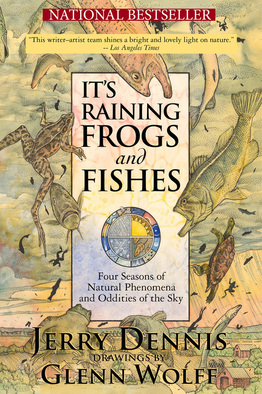
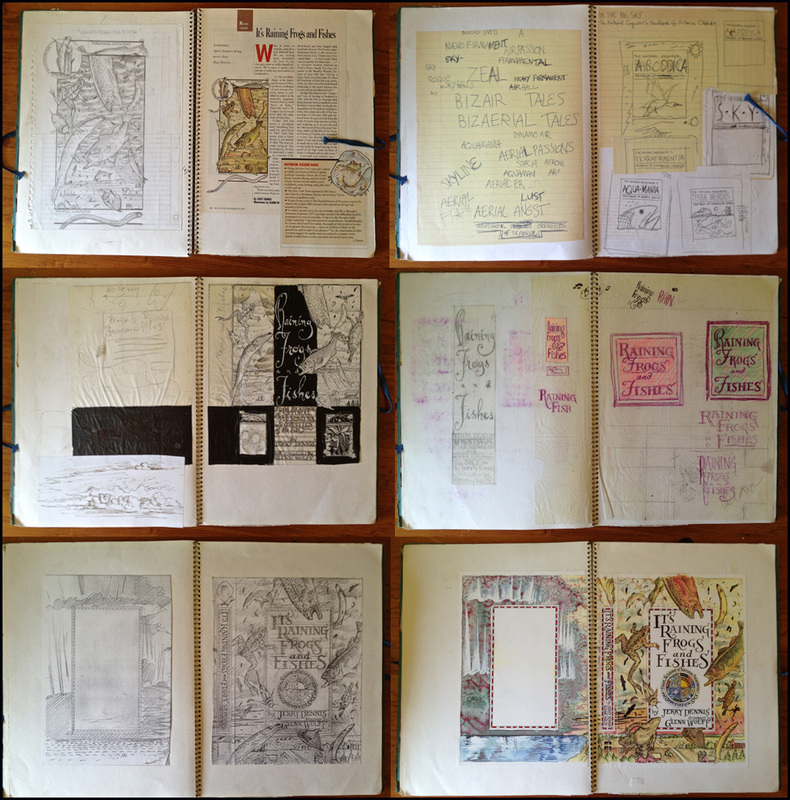
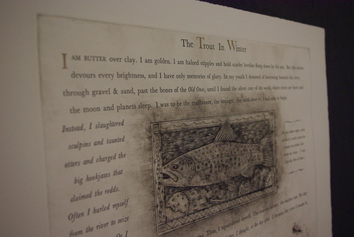


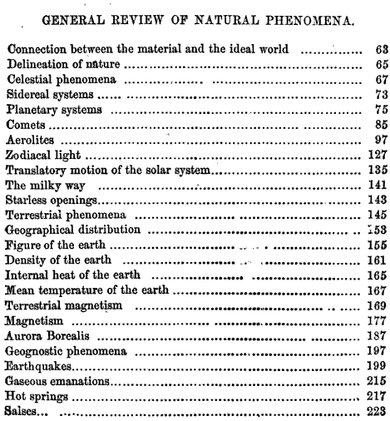
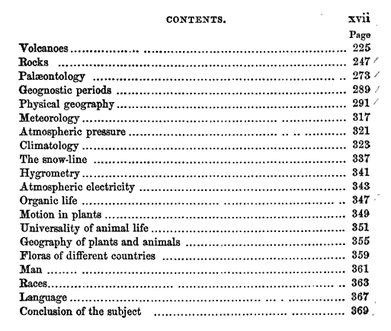
11 Replies